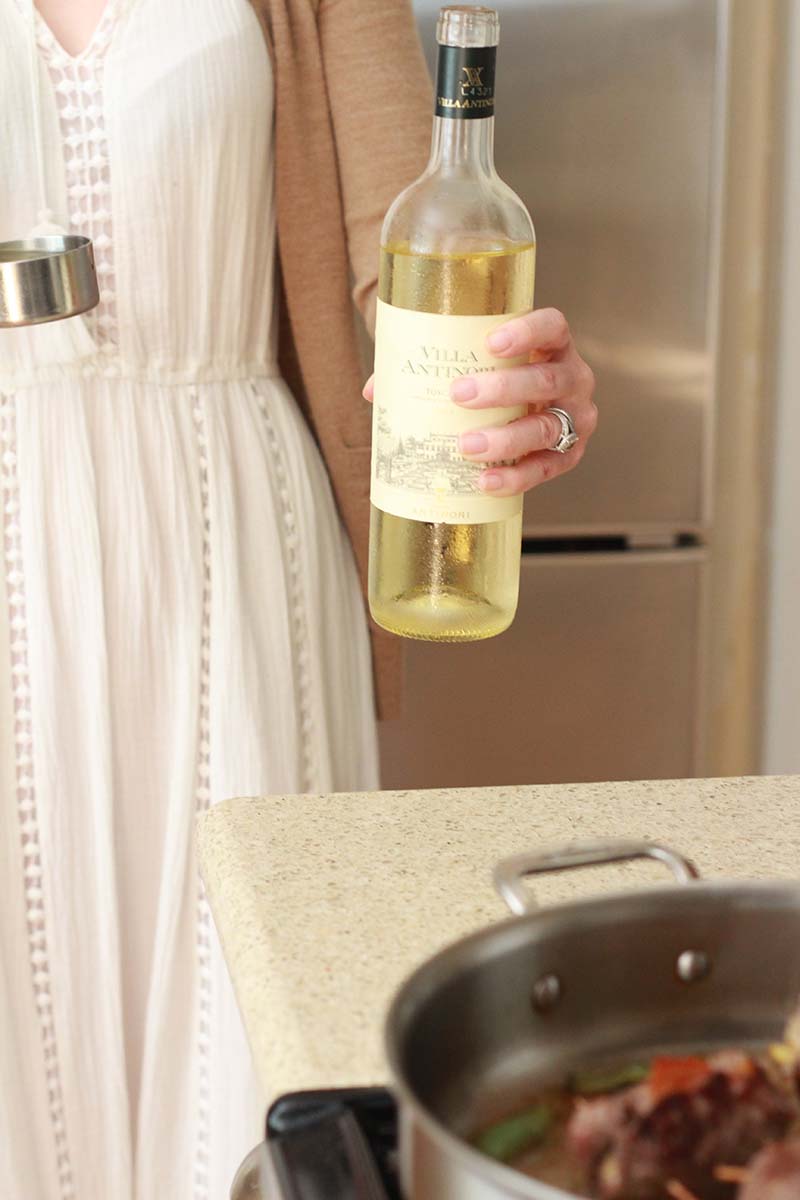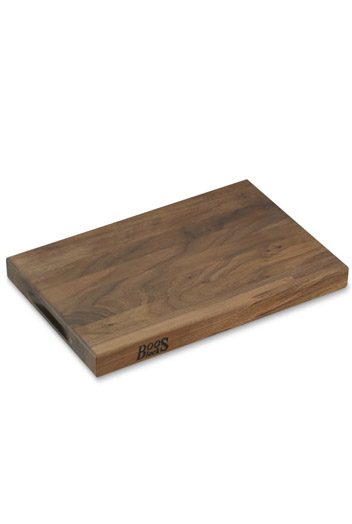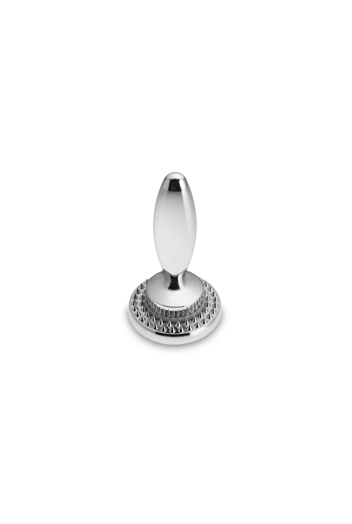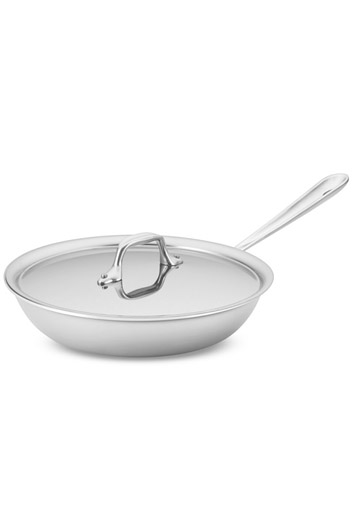In The Kitchen At Cibrèo
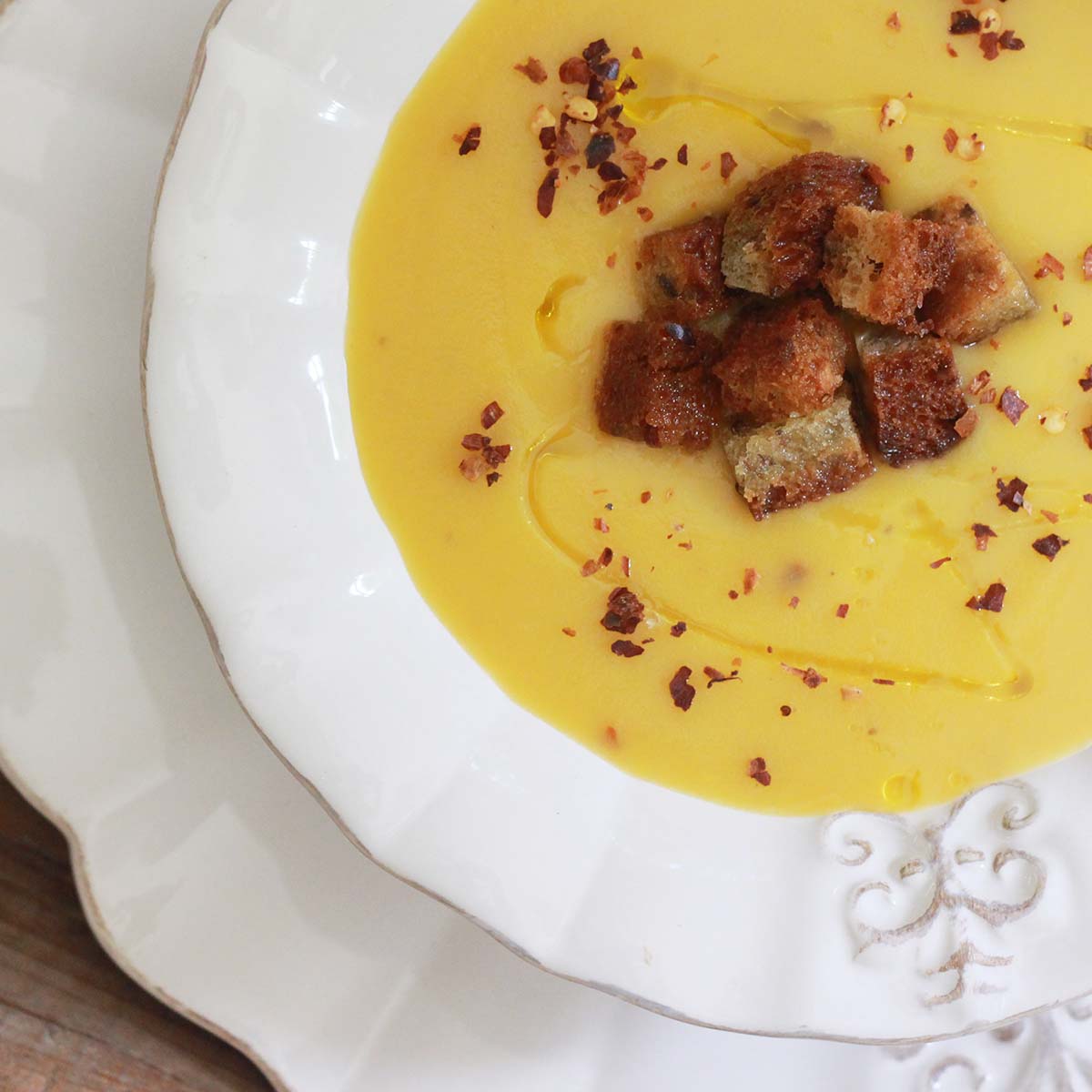

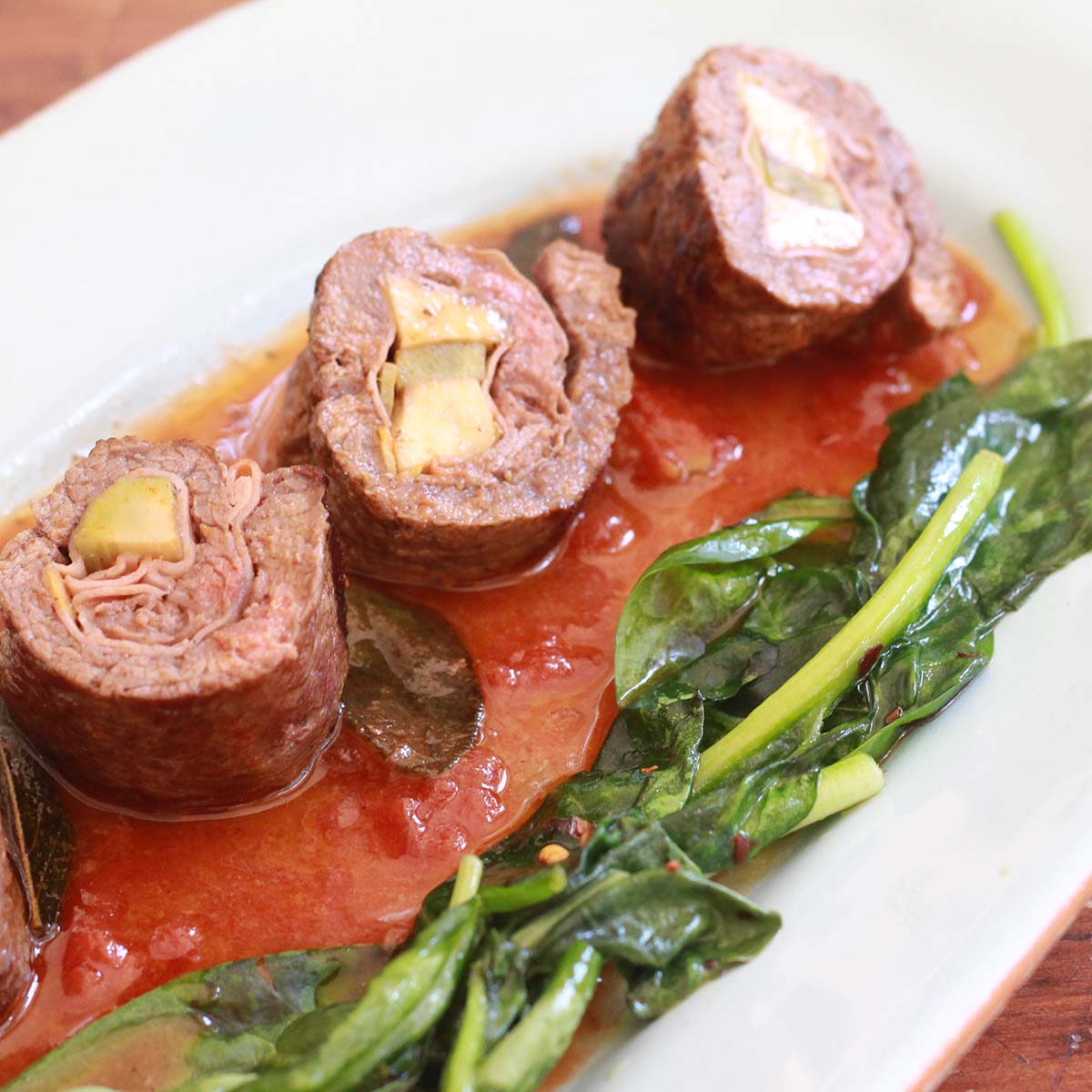
If you were forced to describe the thriving Cibrèo restaurant empire or the ebullient dynamo at its helm with a single word, it would have to be ‘theatrical’. So characteristic is Chef Fabio Picchi’s flair for the dramatic that he even added an official cabaret experience to his stable with the opening of Teatro del Sale in 2003. But while each of the Cibrèo restaurants certainly exudes a performer’s panache, this is not entertainment in any hollow sense of the word. There is no lone player separate and unreachable on a stage, no star chef hidden away in an ivory tower kitchen. This is theater of a more inclusive and improvisational sort, the kind that crouches by your table and animatedly welcomes you to the show: “The privilege of cooking for so many people for 37 years is my real fortune,” says the maestro.
The recipes we’ve brought home are the uncommon result of both a highly technical skill set and a virtuosic feel for flavor. Adapting Chef Picchi’s playful directives brings with it a certain joy: ‘boil until it feels like the right consistency!’, and ‘apply the stickiness technique to brown!’. There is an impish flourish at the center of Cibrèo’s dishes, but there is also an unmistakable warmth. So while these recipes introduce new themes, they are also incredibly approachable and most importantly, delicious. In the end, it boils down to this simple advice from the master chef: “Choose your ingredients with great consciousness – the love you use to cook will take care of the rest!” Consider your summer starters set, and your crowds pleased.





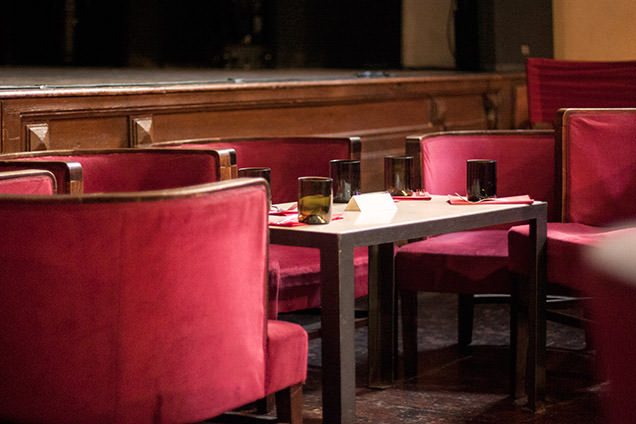


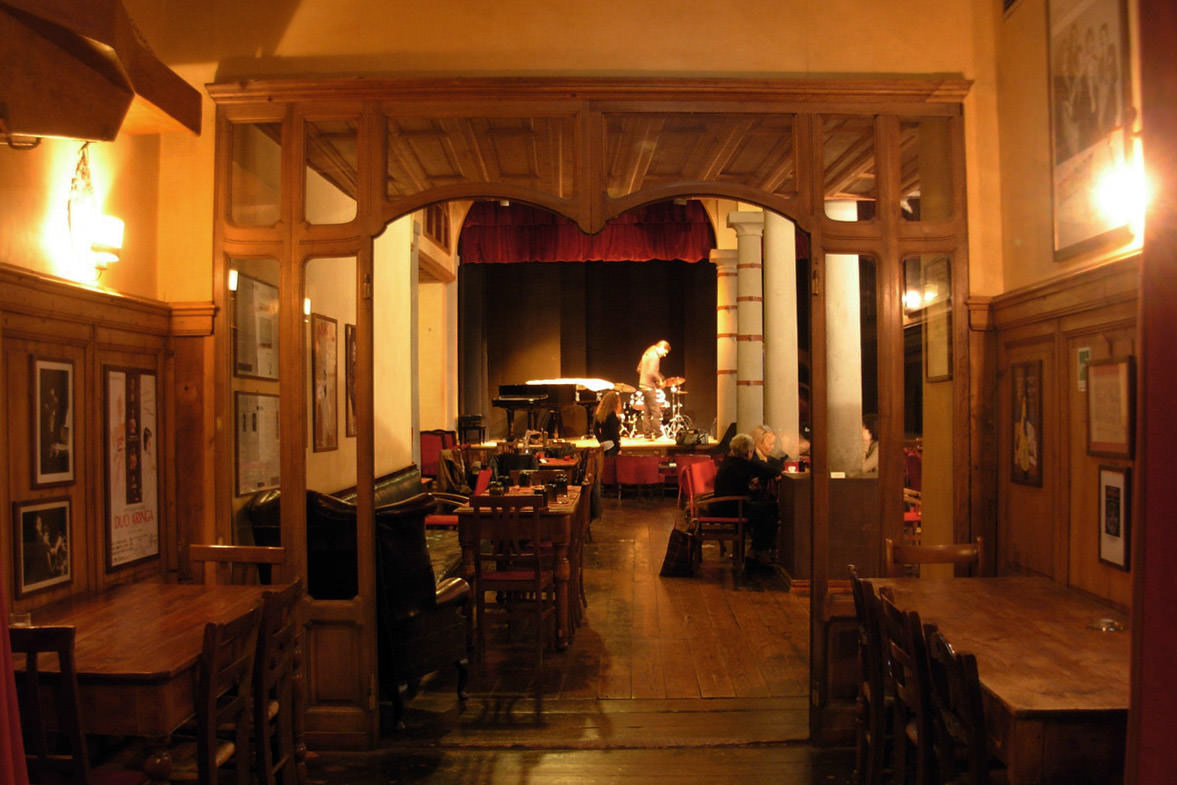
The Recipes

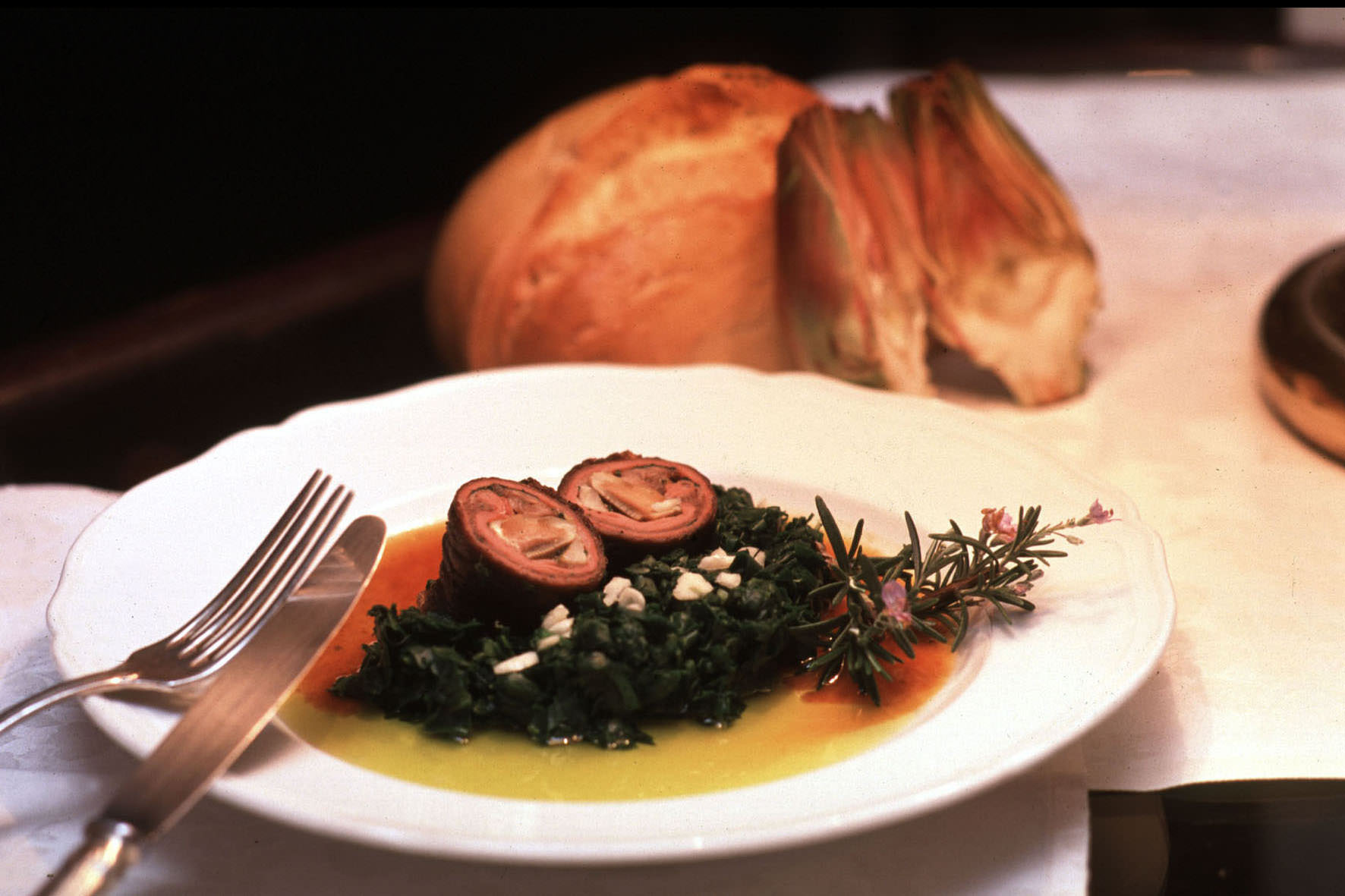
Passato Di Peperoni Gialli | Yellow Pepper Purée
COURTESY OF CHEF FABIO PICCHI
“I had some maccheroni with pepper sauce on the island of Elba made by an old Elban lady. After that experience, I decided to make the passato with yellow peppers when I reopened Cibrèo after the summer holidays. I make this dish from the end of June until the middle of October in the restaurant. When the temperatures outside rise, I reduce the temperature of the passato. At home, I often make the original version of this passato with the maccheroni.”

Serves 4.
You’ll Need:
- 4 yellow bell peppers
- 3 medium potatoes
- 1 red onion
- 1 bay leaf
- 1 medium carrot
- 1 stalk celery
- 1 cup extra virgin olive oil
- 1 quart vegetable broth
- 12 cubes rustic bread
- 4 teaspoons grated Parmigiano-Reggiano cheese
Finely chop the onion, celery and carrot. Sauté in olive oil until lightly golden brown.
Wash the bell peppers and on the interior, clear of white membrane and seeds. Peel the potatoes and cut them into cubes. When the sauté is ready, add the peppers and potatoes and boil for 45 minutes, adding enough water to cover all ingredients. Once cooked, strain through a fine mesh strainer or food mill, making sure to eliminate any remaining peels or skins.
Blend with an immersion blender for several minutes adding salt and vegetable broth for desired taste and consistency. Lightly toast the bread in a sauté pan with a little olive oil.
Serve immediately, spooning into bowls. Drizzle with olive oil. Garnish with bread cubes that have been lightly fried in olive oil and the Parmigiano-Reggiano. (We added red pepper flakes for a little heat – delicious!)



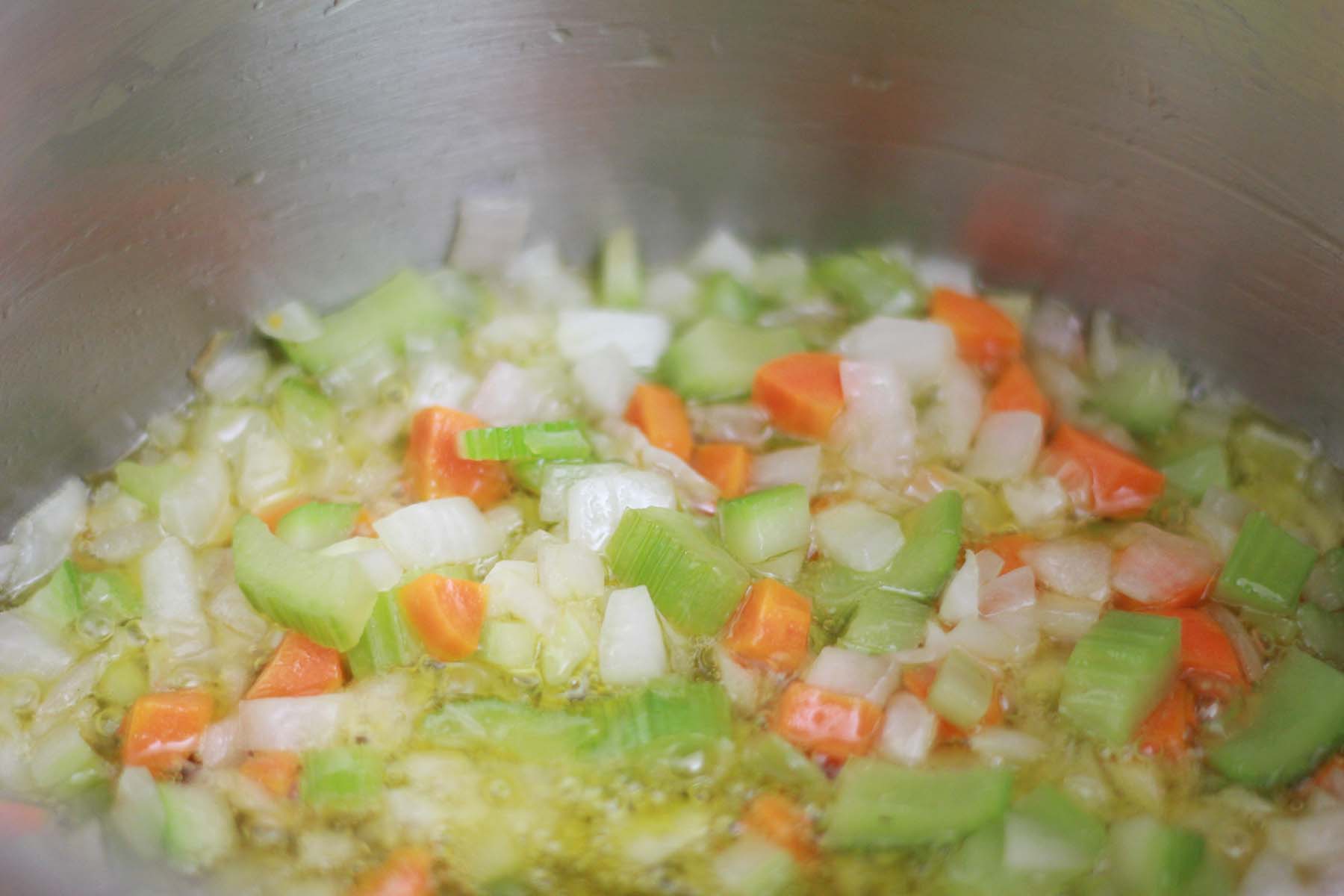




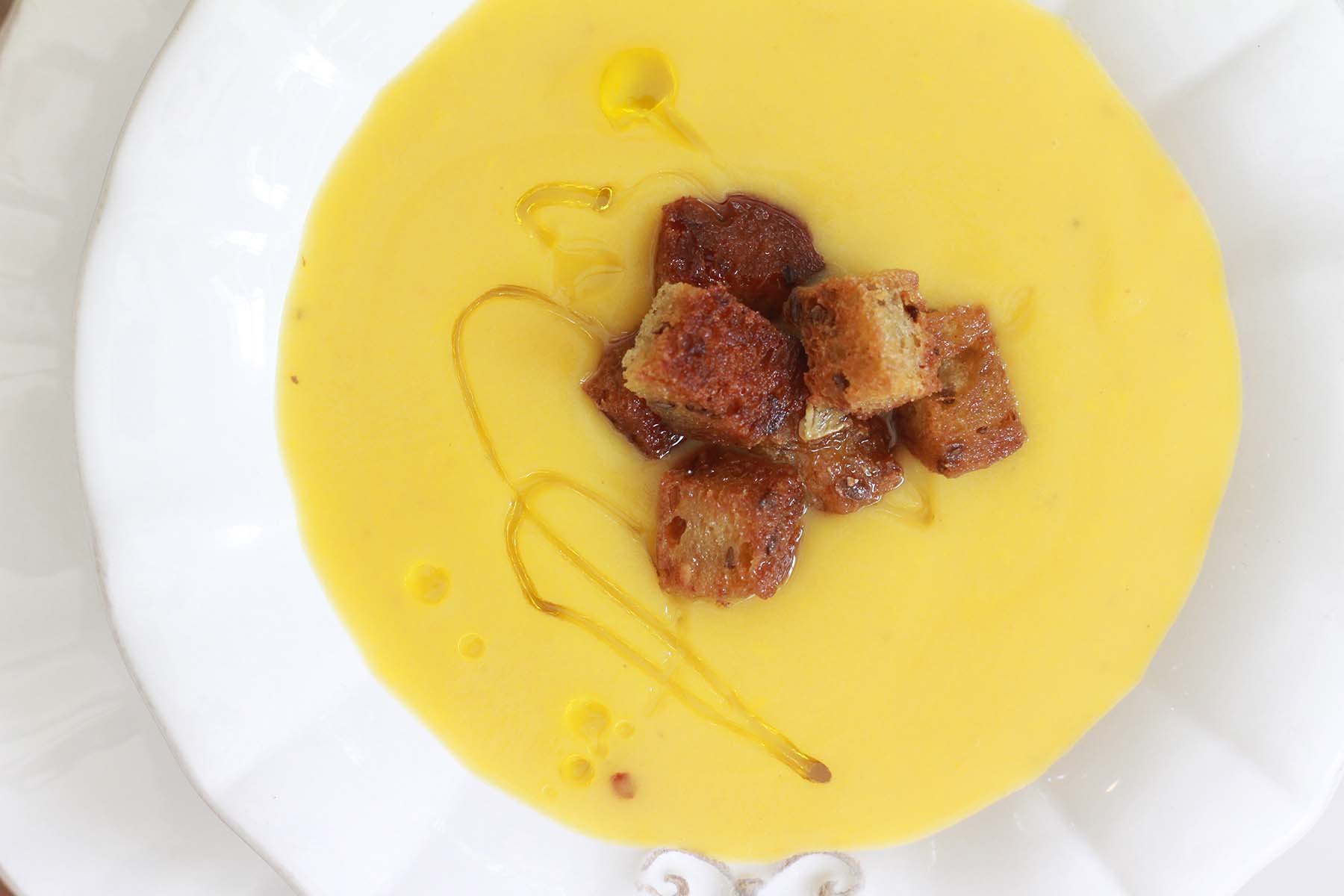



Involtini di Manzo | Beef Roulade
COURTESY OF CHEF FABIO PICCHI
“The involtini uses an alchemical procedure that my grandmother taught me, and my mom always reminds me of that! If you pick a fresh lemon from the tree, the final result is amazing. At the restaurant, I serve involtini after slicing them in small rolls on spinach sautéed with garlic and red pepper, seasoned with the involtini gravy. At home, I keep it whole and people eat it in reverent silence.”

Serves 4.
You’ll Need:
- 4 slices high-quality beef, pounded to 2-3mm in thickness (we used top sirloin)
- 4 slices highest quality Mortadella
- Minced parsley
- 4 long ribbons of lemon peel, about the width of the beef slice
- 1 large artichoke, steamed and cleaned
- 2 garlic cloves
- Olive oil
- 1 cup Italian white wine
- 1 bay leaf
- 5 sage leaves
- 14 ounces peeled San Marzano tomatoes, either cooked down or added through a food mill
- 8 ounces spinach
- Red pepper flakes
- Toothpicks
Have your butcher cut four slices of beef and pound thinly. If still not thin enough, you can pound with a meat tenderizer at home. Lay the beef out on a cutting board and sprinkle gracefully with salt and pepper. Overlay with a piece of Mortadella and add two pinches of the minced parsley. Arrange a transverse string of lemon peel (approximately 5 centimeters in length). Cut your steamed, cleaned artichoke into four parts and lie each piece parallel to the lemon peel, salting very lightly. Roll the slice of beef and its contents over until it forms a compact cylinder and secure the shape with toothpicks.
Place the beef rolls in a large skillet over high heat. Add a low border of the oil to quickly brown the beef rolls. Don’t be afraid – the secret to these beef rolls is to have them brown quickly until a transparent, sticky film forms on the skillet. While the beef rolls are cooking, add two cloves of smashed garlic, a bay leaf and 5 sage leaves to the pan. As soon as the garlic becomes golden, add one cup of white wine (this will make the pan sizzle loudly). With the help of a wooden spoon, you will see that the beef is showing some color, and that charred pieces are forming at the bottom of the pan.
Add the tomatoes to the pan through a food mill. (Alternatively, you can pulse gently in a food processor until almost smooth and strain through a fine mesh sieve into the pan). Bring to a boil. Reduce the flame and simmer until a sauce consistency forms, about 10 minutes. Once the beef appears cooked (or springs back when tested with a toothpick), remove the beef rolls and let them rest.
Sauté the spinach with garlic and chili flakes until just wilted. Cut each beef roll in half to reveal the layers of flavor and remove the toothpicks. Arrange on a platter with the spinach and a generous helping of the sauce.
You may discover that with experience, the ‘sticky film’ technique is applicable in many other kitchen circumstances.













